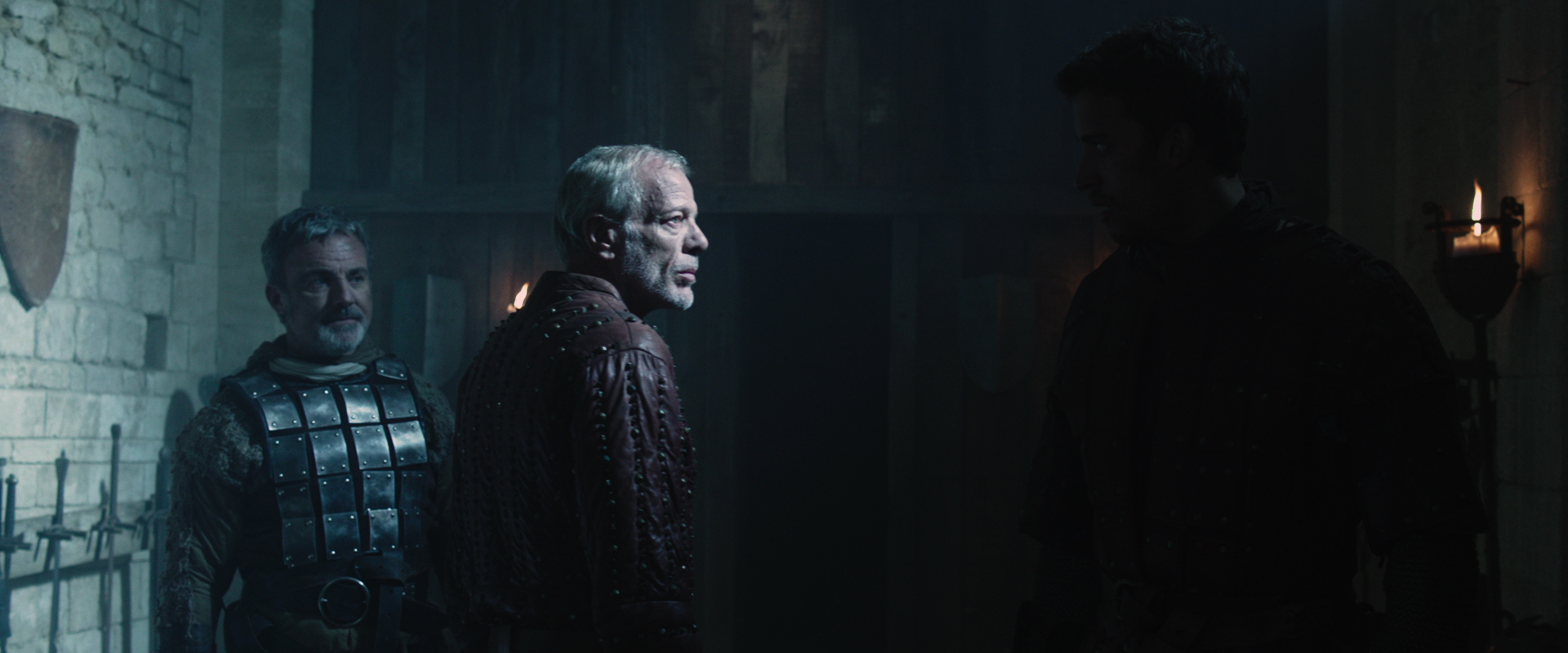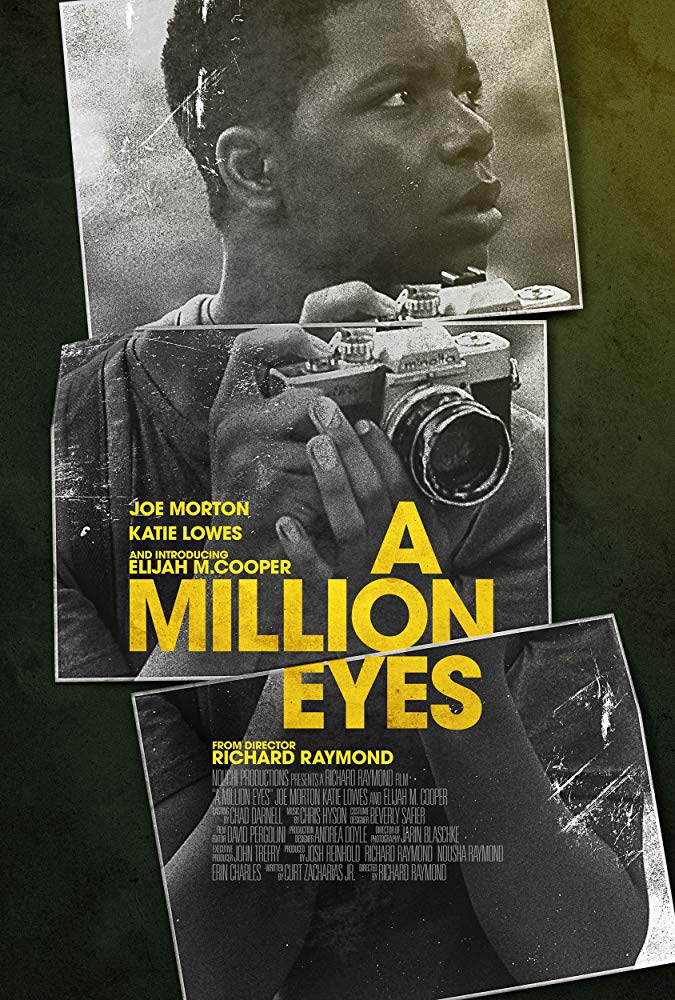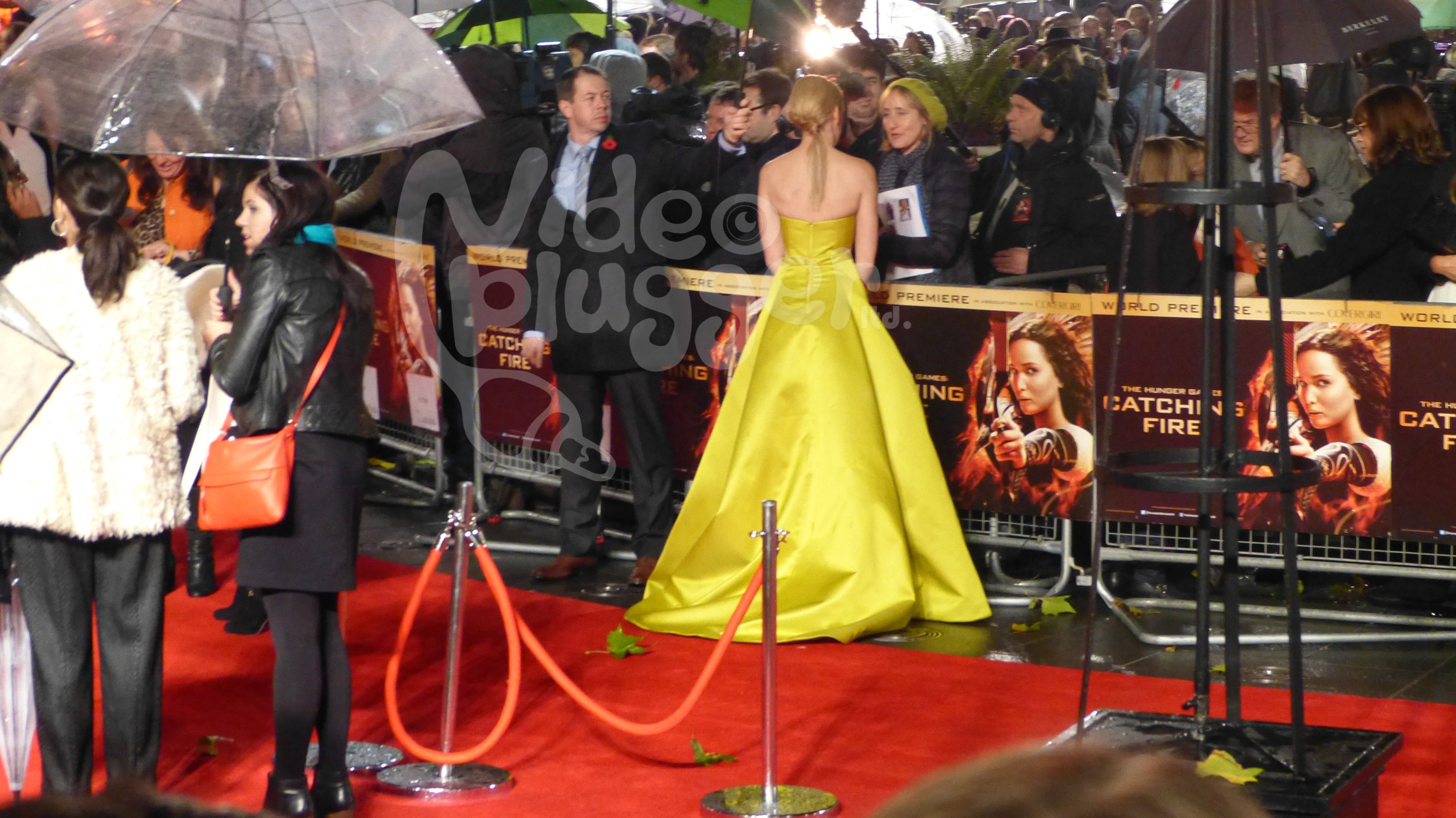“By Blood … a modern psychological drama narrated through a metaphoric medieval scenography”
(GE, Guillaume Enard)
“The first shot we made … the dark knight riding his horse in the mist. The early sunlight was magical and our mysterious knight was alive!”
(JD, Jonathan Delerue)
By Sofia Mogno
Following the review, Drm.am had an opportunity to interview Guillaume Enard (GE) and Jonathan Delerue (JD), both directors and writers of the French short movie “Par Le Sang” (By Blood). Read what they told us!
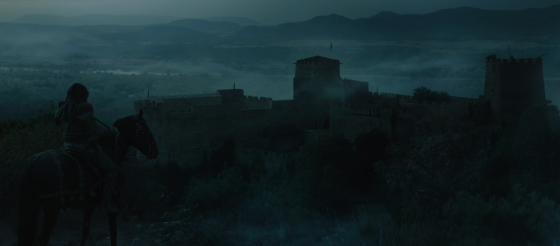
How did you come up with the idea of the movie? In particular, why did you opt for a medieval background?
JD : The story is loosely based on the iconic French knight DuGuesclin’s story. DuGuesclin was an illegitimate child. He defeated anonymously all his father’s men in a tournament to gain the right to bear his name. When he ended up confronting his father, he knelt down before him. It was a powerful and moving story!
GE: We quickly realized it was much better if narrated through the father’s point of view, especially if the man is sick and facing his own death. You could build the story around the mystery and the threat of the Dark Knight.
JD: I love historical movies, epic pirate films or peplum. That’s the kind of story I want to tell. As a first time director, I thought it was challenging to start with that kind of tale.
GE: When we first considered about making a medieval film, we agreed to envision it as a western. We believe that the medieval genre should be to us, French audience, like westerns and samurai movies for the American and Japanese spectators. Costumes set designs, and weaponry are tools to tell the intimate story of our characters. We love to present “By Blood” as a modern psychological drama narrated through a metaphoric medieval scenography.
This is the second time you work together. Which is the basis of the chemistry in your duo?
JD: We first met on a monster movie Guillaume was going to direct. We immediately got along. We agreed about staging and how to direct a movie. We think you have to focus on what you want to show and what you want the audience to feel. It means that you need to know what is at stake in all the sequences. We believe in visual storytelling, we like movies with little dialogues. Our characters are defined by their actions first. Then they talk.
GE: Our rule is: one shot, one idea. It can be a very basic idea, for instance, Hargrold picking up his sword. Or it may be a more complex notion, like showing Hargrold’s face for the first time once his father is out of frame. Hargrold cannot exist when his father is on the set. Jonathan draws, I write, then we exchange views and we always make sure that we keep tracks of our story.
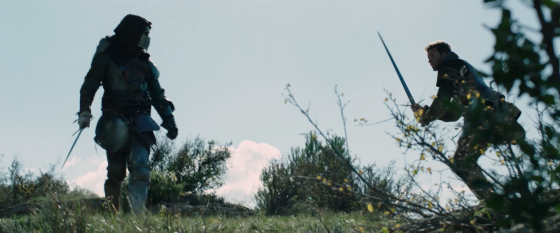
(Following the previous question) How do you organize the work while you are writing and directing? Do you do that simultaneously or do you split tasks?
JD: During the prep, we did everything most simultaneously… Co-directing allows you to be much more accurate and vigilant. It is like having a third set of eyes that checks what you have done. Time goes by so fast: you have to make quick choices, and being two gives you some perspective and a kind of safety net.
GE: We always speak with one same voice as the actors. We have our discussions before the shooting, during the writing and the preparatory work. Once we are on the set, we know exactly what are our characters’ thoughts and feelings and why we are shooting a scene that way in preference to another. It is the result of an ongoing two-way flow between Jonathan’s drawings and my writings. I think it is our strength. This time, because of our tight schedule and since I already directed two short films, I worked more closely with the actors. But we always talked between the shots, so that we were sure to agree on what we wanted them to do next.
Both of you come from other paths. Jonathan is a brilliant storyboard artist, and Guillaume is a successful screenwriter, and this is his second project as a director after Brumes. How do you see yourself as directors? Do you find it easier or harder?
JD: It is easier to draw epic frames than to shot them! When I do storyboards, I am sitting at my drawing board in my quiet study, with coffee and music… The weather is the same as in the script, horses are doing exactly what you have in mind. All is just fine in the perfect world. Shooting is most of the time adapting yourself to things you even could not imagine!
GE: It is just like Jonathan said when writing. Quiet environment, music, tea. You can manage your own agenda as you want and you got plenty of occasions for procrastinating (laughs). However, I really dislike facing the blank page. It usually takes me a lot to start writing. That is why I enjoy the most about directing: the action!
The atmosphere of the movie is quite dense and tragic. How was the atmosphere on set? How did you keep the spirits up during the shooting?
JD: In France, 90% of the productions are comedies or independent movies about societal issues. You do not have many opportunities to work on such films, so everyone was really enthusiastic to be part to the “By Blood” adventure.
GE: As a matter of fact, we really had a lot of fun. That was also our main goal: to enjoy what we were doing. All the time!
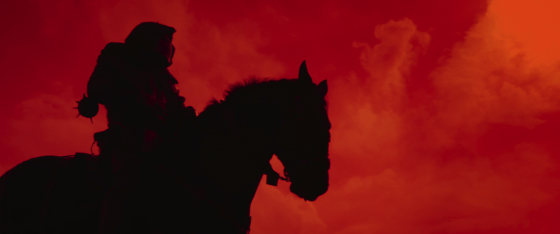
Coming back to the story, the film deals with the torment of an old man and his past haunting him. Do you have something you regret or you would change at this point in your life?
JD: I had a terrible car accident when we were developing the movie. Luckily I got through without many sequels. Having this accident made me realize that we only live once and that I should do everything I could to do what makes me happy. Like Hargrold or the mysterious knight, I had to take opportunities by force, no matter the cost. This accident really increased my determination to do this film, including financing the most of it.
GE: It is not that easy. Yet, there are a few things I would like to change, but I also know that those events and errors molded me into the person I am today.
Please, describe Mort-Lieu in three words: one for a positive feature, one for a negative, and the last one for a personal characteristic you share with him.
JD: Positive feature, brave. Negative, selfish. The one I share with him, tenacious.
GE: Bold. Violent. Ambition.
If your greatest fear would knock on your door, which would be?
JD: There are two of them. Raising my children in a world of war. Leaving this world realizing that my children did not know how much I loved them.
GE: A werewolf! I have werewolves! And I fear them a lot! More seriously, my biggest fear is something or someone that incarnates blind, self-confident hate.
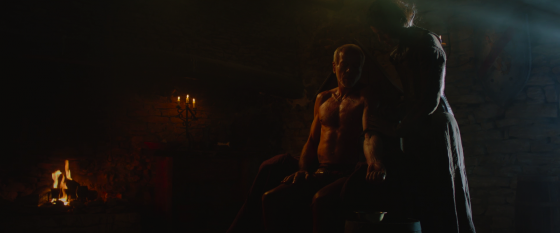
Which is the best memory you have for this project?
JD: The first shot we made on this movie: the dark knight riding his horse in the mist. The early sunlight was magical and our mysterious knight was alive on screen for the first time! We were so thrilled that we did not notice that half of the armor’s pieces were missing! (laughs)
GE: To work with such a talented cast. “By Blood” was a huge challenge because of the scope of the project. They trusted us, and everything got on very well. Our risky choices have finally paid off. It is such a great accomplishment!
Why should people watch this short movie? What do you hope people will remember/fell?
JD: I hope people will say “That is the cinema I love and that is the cinema I want to go and watch in theaters!”. I wish that images from our movie will stay in their minds for a while with Jean-François Viguié’s music in the background…
GE: If they want something different, they have to watch “By Blood”. I wish they share and understand Mort-Lieu’s torment, as well as his sons’. If they want something different, they have to watch, hoping that they will feel concerned and moved by Mort-Lieu’s realization. And I want them to go back home with the first and last image of the film in mind.
Did you find the interview interesting? Then, check the movie teaser below!

